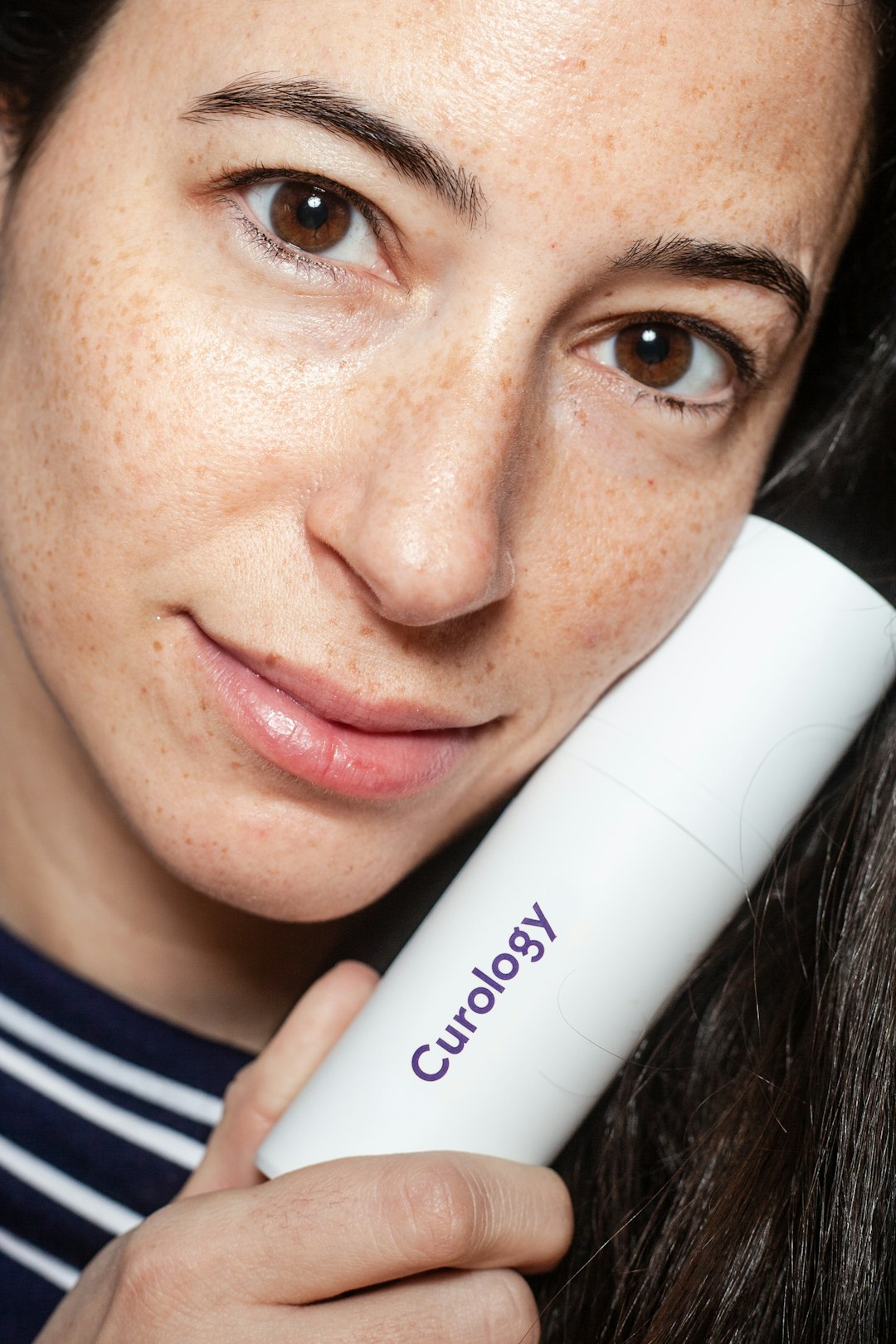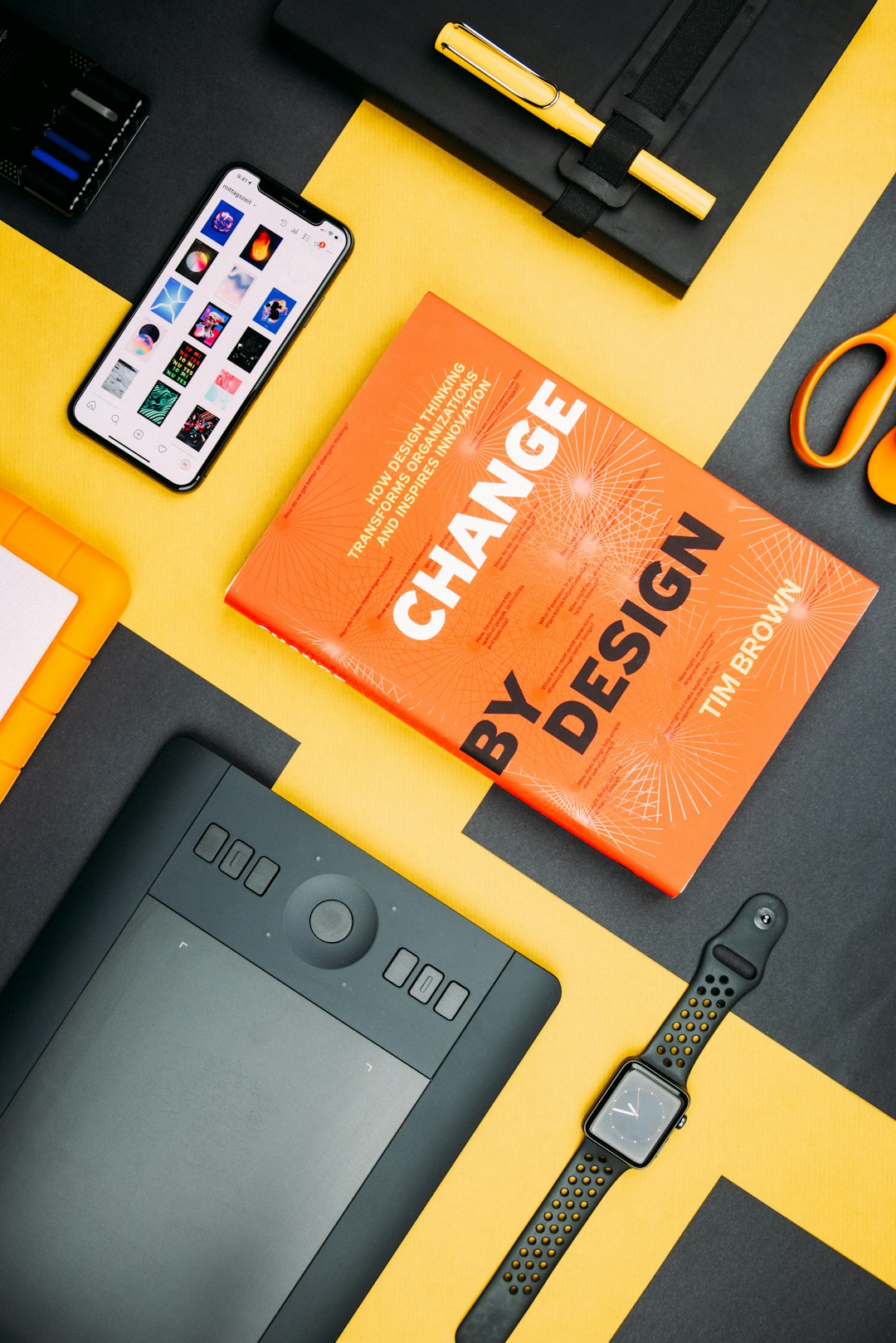In recent years, the tattoo industry has undergone a remarkable evolution, influenced not just by changing aesthetics and tools, but also by the rising integration of technology. One of the most revolutionary developments in this realm is the use of artificial intelligence in designing tattoos. This fusion of digital creativity and human expression has been brought to life by platforms like InkDrop AI, a cutting-edge tool enabling artists and clients to co-create body art like never before.
Once a practice rooted in manual sketching and portfolio flipping, tattoo design now finds itself amid the digital frontier. With AI algorithms analyzing preferences, style history, and visual trends, the process of turning a conceptual idea into a precise tattoo has reached new levels of detail, personalization, and efficiency.
What is InkDrop AI?
InkDrop AI is a specialized artificial intelligence platform designed to aid both tattoo artists and enthusiasts in creating custom, high-quality tattoo concepts. Working as a collaborative design assistant, it utilizes deep learning and image-generation algorithms to recommend, refine, and visualize designs based on user inputs and desired themes.
The system can take a vague concept—such as “a fox under the moon” or “a biomechanical sleeve”—and return a range of digitally rendered designs that reflect multiple possibilities. These can then be tailored further using detailed prompts, meaning clients don’t need artistic vocabulary or sketching skills to contribute actively to their tattoo’s creation.

Advantages of AI-Powered Tattoo Design
The use of AI in tattoo creation is not about replacing artists; rather, it’s about enhancing the creative process and client experience. Here are several notable benefits offered by platforms like InkDrop AI:
- Enhanced Personalization: AI can generate designs based on personal stories, image references, or preferred symbolism, ensuring that every creation is unique and deeply meaningful.
- Style Matching: InkDrop AI can imitate popular tattoo styles—such as realism, linework, minimalism, traditional, and neo-traditional—allowing designs to match or complement existing tattoos flawlessly.
- Speed and Efficiency: What would take hours or days via manual sketching can now be accomplished in minutes, giving artists more time to focus on execution rather than conceptualization.
- Client Involvement: Clients are more engaged in the design process, contributing feedback at every iteration and feeling more connected to the final result.
Redefining the Artist’s Role
Despite the high-tech integration, the human artist remains at the center of the tattoo creation process. Many artists use AI-generated designs as a digital canvas to expand upon, adjusting contours, smoothing transitions, and adding hand-drawn elements that reflect their unique touch. InkDrop AI does not overshadow the human eye—it supports it.
The best results emerge when artists combine their creative intuition with the AI’s structured output. The blend of machine precision with human emotion often yields artwork that neither could produce alone.

Considerations and Ethical Implications
While the use of AI in tattoo design offers countless advantages, it also raises questions about intellectual property and originality. Are AI-generated designs truly unique? Can designs be copyrighted? These remain developing areas, and digital tattoo platforms must implement safeguards such as watermarking, design tracking, and artist consent mechanisms to ensure fairness and transparency.
Another consideration is cultural sensitivity. Tattoos can carry deep spiritual, ancestral, or cultural significance. AI must be trained to recognize and respect these nuances, avoiding the creation or recommendation of designs that might be viewed as appropriation or disrespect.
Future of Tattoos in the Digital Age
The integration of AI tools like InkDrop AI points toward a future where tattoos are not only more personalized, but also more reflective of global artistic collaboration. With the ability to tailor and perfect designs before even stepping into the studio, clients gain confidence in their choices, and artists are equipped to deliver work that’s closer to perfection from the outset.
Moreover, we anticipate that wearable augmented reality apps will soon allow users to preview their tattoo designs on their skin in real-time, enabling a fuller understanding of placement, scale, and visual impact before any ink is committed. When combined with powerful AI design tools, the results may redefine not just how tattoos look—but how they’re experienced.
Conclusion
InkDrop AI represents a milestone where ancient traditions and futuristic tools intersect. It respects the sacredness of self-expression while making room for global innovation. As more tattoo studios begin to adopt this technology, the line between digital art and physical embodiment will continue to blur—offering designs that are not only worn, but wholly co-created.
